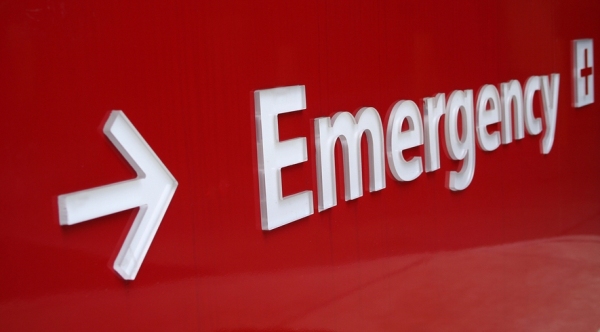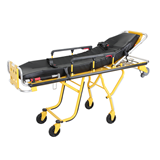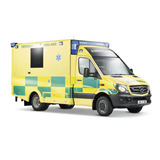The NSW Auditor General Peter Achterstraat has recommended the measure as a way to reduce paramedic turn-around times or bed block at hospitals.
The report found that paramedics wait an average of nearly 32 minutes to offload patients at NSW hospital emergency departments, up from 24 minutes seven years ago.
A lecturer in Paramedicine at CSU's School of Biomedical Sciences in Bathurst, Alexander MacQuarrie agrees there's scope to decrease the number of patient transports to hospital emergency departments.
"The model of 'every patient goes to a health care facility' is being overwhelmed by sheer volume," he said.
"There are a number of strategies that can help to reduce ambulance delays while enhancing patient care by paramedics and other health care providers."
MacQuarrie argues that paramedics should be empowered to make decisions about when not to take the patient to the emergency department.
"With Expanded Scope Paramedics and Community Paramedics employed in some health care systems, the decision point about when and where to transport can be made in a more collaborative yet still safe manner," he said.
"Low acuity pathways and alternative transport destinations, such as GP super clinics, laboratory or x-ray clinics, and pharmacists need to be expanded.
"Paramedics and nurses should be supported to operate at their full scope of practice so that doctors don't have to see every patient."
The NSW Auditor General's report 'Reducing ambulance turnaround time at hospitals' also identified inappropriate use of triple zero, including one caller who had mascara in her eye and another reporting bed bugs.
MacQuarrie said there needs to be more patient education about when to call triple-zero.
"When someone truly needs triple-zero for a medical or traumatic emergency, the system must be able to provide an ambulance in a timely manner," he said.
"Often, triple-zero callers are 'over triaged' because the true nature of the emergency is not always easy to determine over the phone. Risk managers want to err on the side of caution, so often paramedics are sent to low acuity calls."



